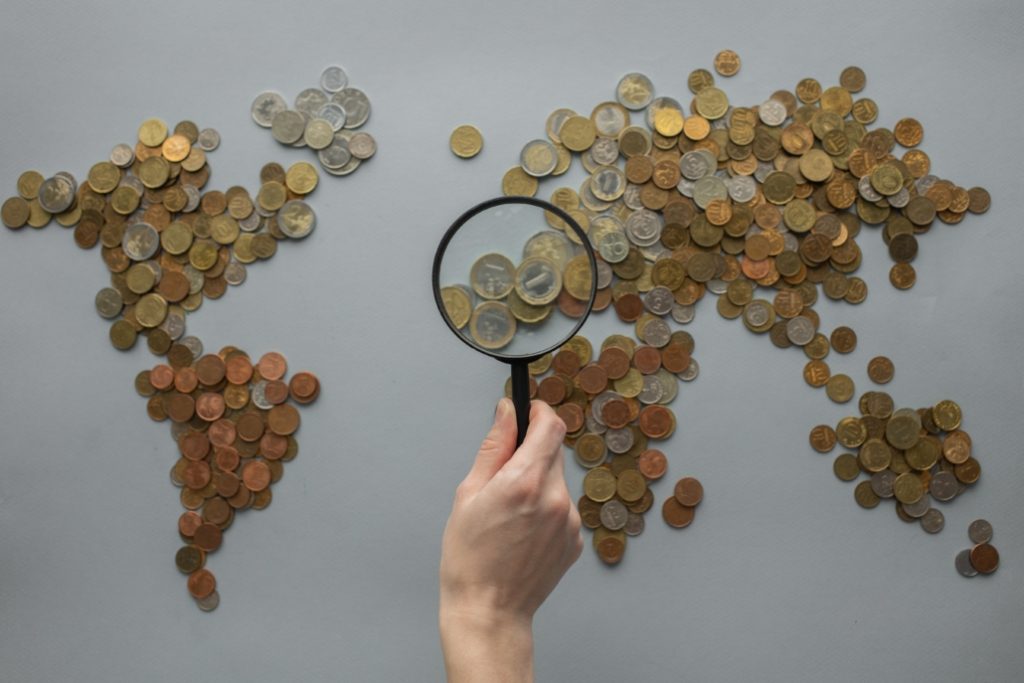EMBRACING debt is a huge part of modern life. So much so, that if the adult human population of Earth were to stop borrowing money today, I suspect our global financial system might collapse next week.
That is why all of us face this rather odd reality:
From the time young adults enter the workforce, the concerted effort by businesses to grab a slice of their lifetime earnings is incessant. I particularly dislike the recent surge of BNPL or “buy now, pay later” schemes.
A news report in May this year (source: www.channelnewsasia.com/asia/malaysia-consumers-buy-now-pay-later-bnpl-c…) stated that 2.9 million Malaysians have enrolled in various BNPL programmes. That number may have already breached 3 million people.

MORE NEWS
I understand the allure of using various forms of debt to buy “stuff” that we can’t afford upfront right now. But I also know — from experience and subsequent sinusoidal episodes of distress morphing into anguish — the mental strain that stems from owing money to creditors.
Such liabilities fall into one of two categories: good debt and bad debt. In the simplest of terms, according to financial guru Robert Kiyosaki, good debts flow money into our pockets and bad debts flow money out of our pockets.
When money flows into our pockets (or bank accounts or portfolios) we grow richer. When money flows outward, away from us, we grow poorer.
FROM GOOD TO BAD
A prime example of a “good debt” is a well-structured brick-and-mortar investment real estate loan, where the rental receipts exceed the monthly mortgage payments. But, even a longtime “good debt” can rapidly morph into a bad one.
During mega-crises over the last 95 years — such as the Great Depression, the Asian Financial Crisis, the Global Financial Crisis, the Covid-19 pandemic, and shocking seasons of interest rate spikes to fight high inflation — tenants may disappear or mortgage payments to banks on floating rate property loans rise precipitously.
The saying “the rich grow richer, and the poor poorer” is true. The fundamental reason that cliché has been true, certainly at least since the 1950s when consumer credit instruments began proliferating in post-World War II America, stems from the easy-to-understand phenomenon of directional cash flow.
Think about our own behaviour…
Most of us load up on bad debts through personal loans, unpaid credit card balances, and, recently, those bad-news, insidious BNPL offerings. They swirl about us to buy things and experiences that usually deteriorate, degenerate, depreciate or dissipate.
Think about what happens to the value of a car after years of wear-and tear, which is bought with a ludicrous nine-year hire purchase loan. The same goes for a smartphone or sofa or refrigerator that is procured, not with our own money but, with interest-bearing consumer loans, or the subsequent-zero-value of an expensive meal or holiday after your ensuing trip to the bathroom or your exhausted return from vacation.
I’m not saying that we shouldn’t buy nice things or experience fun outings. But when we choose to pay for them with consumer debt instead of our own first-saved cash, we always end up:
- Paying more for them; and
- Becoming poorer because of the opportunity cost of unearned interest that might flow into our lives from savings, and of missed dividends, distributions, and rental from investments.
So, what’s the solution to this widespread problem?
LIVING MINDFULLY
The economic world we live in is wired to entice us to spend money we don’t have, on stuff we won’t appreciate (after a while, when buyer’s remorse kicks in), to impress people we don’t particularly like!
Our logical course of action, then, is to live more mindfully. Here are seven tough, non-negotiable steps:
- Decide if we truly wish to revamp our behaviour; if so, then
- Prioritise which purchases contribute to our quality of life;
- Avoid expenses that waste our money but that don’t make us happier over the medium- and long-term;
- Pay down — and then pay off — our existing bad debts;
- Commit to minimise or avoid taking on fresh forms of bad debt;
- Channel our gradually freed up cash flow toward a wisely structured savings and investment portfolio (SIP); and later, ideally
- Use some of the freshly generated passive income (which we don’t work for but, instead, our growing SIPs churn out each month) to buy nice things with cash, without resorting to debt.
Most readers won’t act on those seven steps because it is easier to coast along as before. The few who heed my painfully extracted, hard-won advice, though, will gain a fresh long-term appreciation of why the rich grow richer and the poor poorer, stemming specifically from this happy minority’s migration from the side of the “have-nots” to the side of the “haves”.

